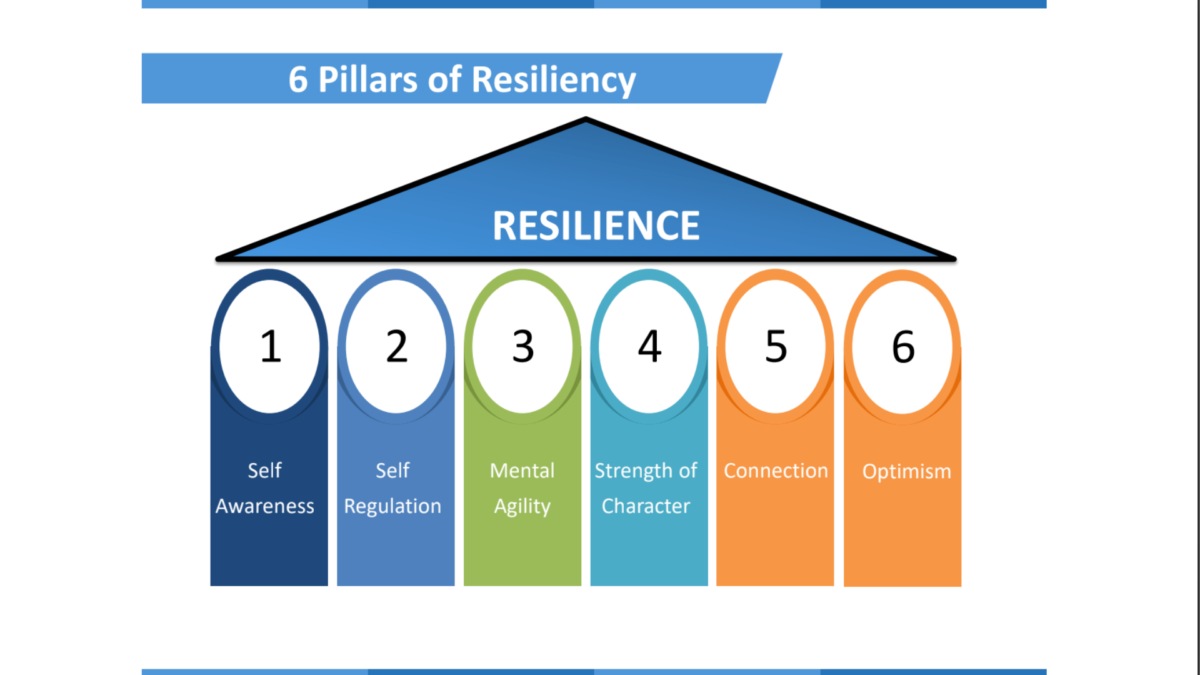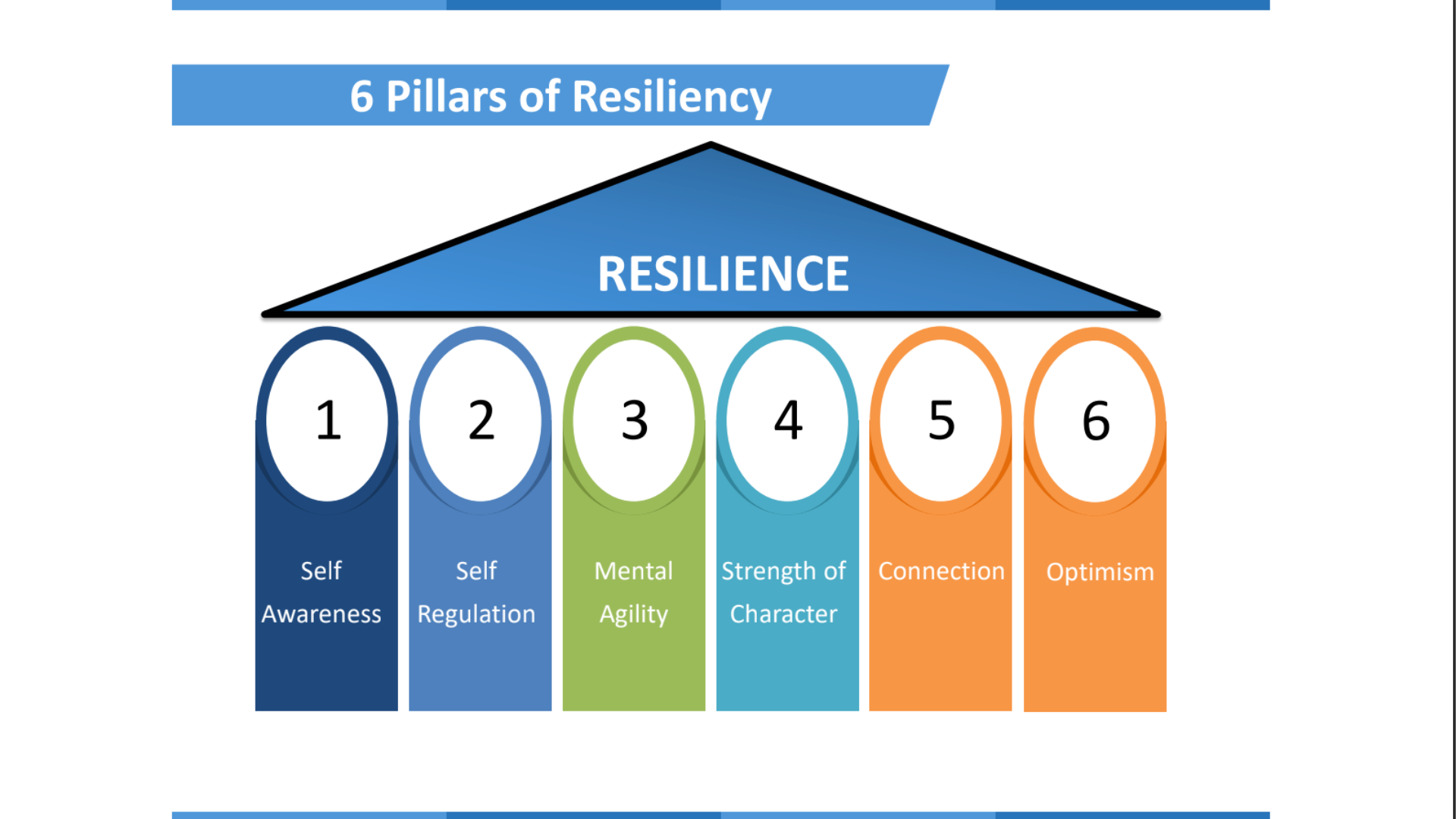Essentialism Team Guide:
Keys to Implementing the Principles of Essentialism Within Your Team

Clarity of Purpose: Focus on What Truly Matters
Why It Matters: Clarity of purpose aligns everyone on the team around shared goals, making decision-making more efficient and impactful. Teams that focus on fewer priorities perform better because their energy is directed toward the most critical outcomes.
How to Implement:
Define Core Priorities: Collaboratively identify your team’s top 2-3 priorities for the next quarter. Ensure these align with organizational goals.
Use Purpose Statements: Craft clear, concise purpose statements for projects or initiatives to help everyone stay aligned.
Regularly Review Goals: Incorporate goal reviews in team meetings to ensure alignment and adjust as needed.
Example in Action: A growing team paused multiple initiatives to focus on a single, high-impact customer retention strategy.
Establishing Boundaries: Protect Time and Energy
Why It Matters: Overloaded teams experience burnout and reduced productivity. Establishing boundaries ensures that time and energy are devoted to what matters most.
How to Implement:
Adopt “Stop Doing” Lists: Identify tasks, meetings, or processes that no longer serve your priorities and eliminate them.
Create “Focus Time” Blocks: Dedicate time on your calendar for deep work, and protect this from interruptions.
Set Clear Expectations: Communicate boundaries to stakeholders, including what can and cannot be accommodated within your team’s capacity.
Example in Action: A tech startup implemented no-meeting afternoons, allowing employees to focus on critical tasks.
Sustainable Focus: Cultivate Discipline and resilience
Why It Matters: A disciplined focus helps teams avoid distractions, fostering resilience and adaptability in dynamic environments.
How to Implement:
Simplify Decision-Making: Use frameworks like “Does this align with our top priorities?” to evaluate new opportunities or challenges.
Emphasize Rest and Recovery: Encourage regular breaks, time off, and practices like mindfulness to prevent burnout.
Celebrate Small Wins: Recognize progress toward key priorities to keep momentum and motivation high.
Example in Action: A marketing team under pressure to deliver more content shifted focus to quality over quantity, producing fewer but higher-impact campaigns.
Applying Essentialism in Key Contexts
Navigating Change:
- Prioritize clear communication to minimize confusion during transitions.
- Identify the “essential” initiatives that will drive success in the new landscape.
Scaling Growth:
- Focus on scaling core processes and initiatives that have the greatest ROI.
- Avoid overloading the team with non-essential tasks during expansion.
Achieving Alignment:
- Conduct team workshops to establish shared understanding and buy-in for key priorities.
- Use regular check-ins to ensure alignment across departments or teams.
Getting Started with Essentialism
Start small. Introduce one principle at a time, ensuring your team understands and adopts it before moving on to the next. Consider hosting a workshop or off-site to immerse your team in the principles of Essentialism and align around shared goals.
For deeper insights, tools, and strategies, reach out to The Resiliency Solution—we specialize in helping leaders and teams thrive through clarity, balance, and resilience.








